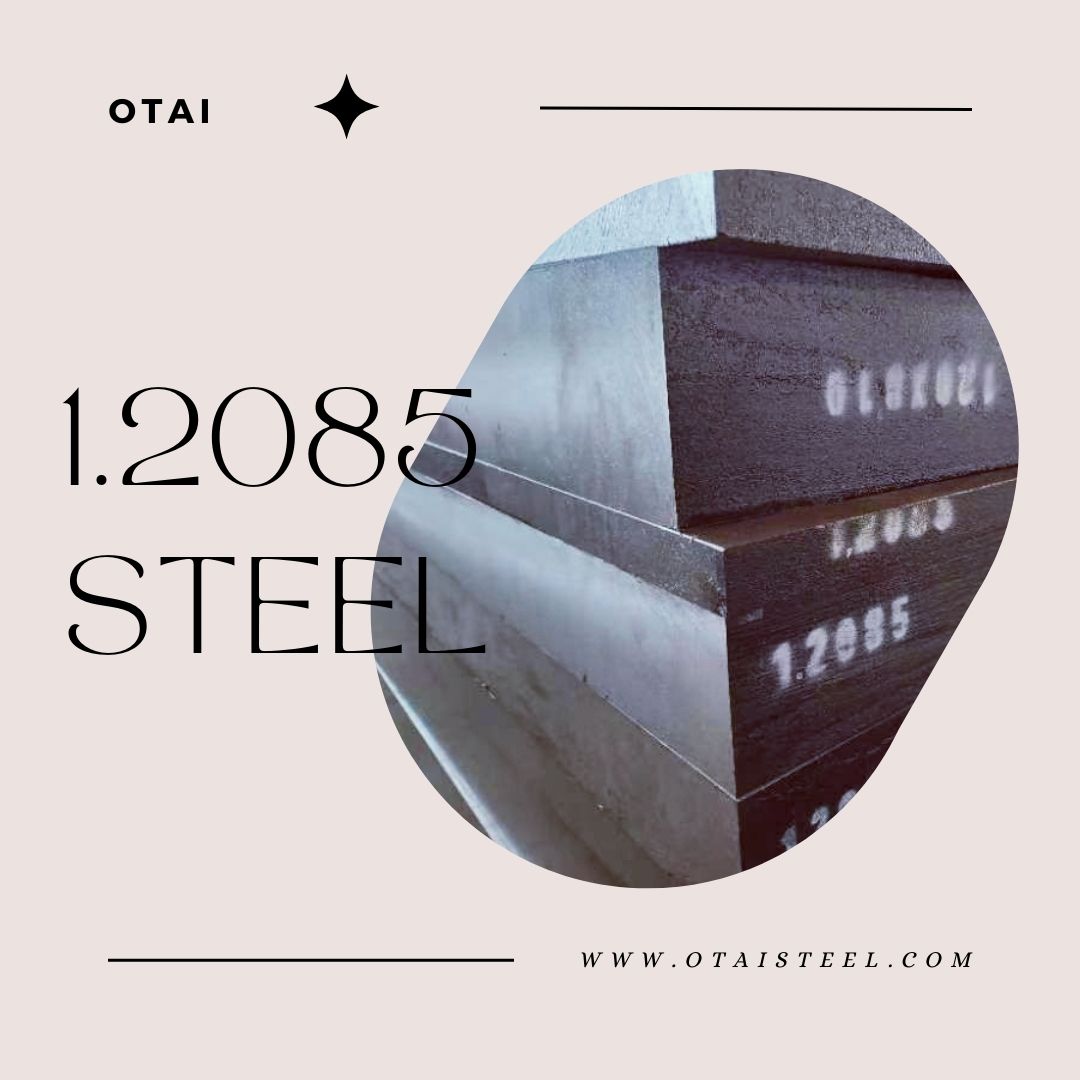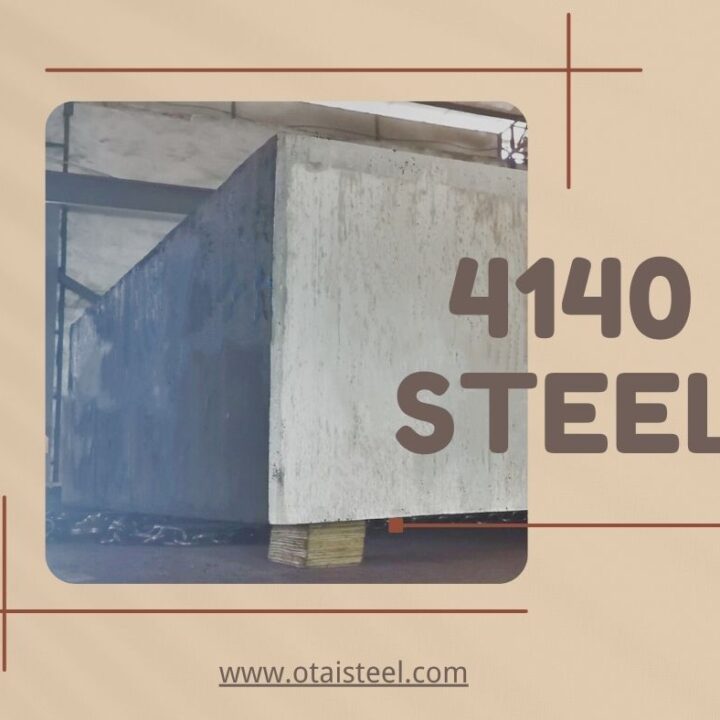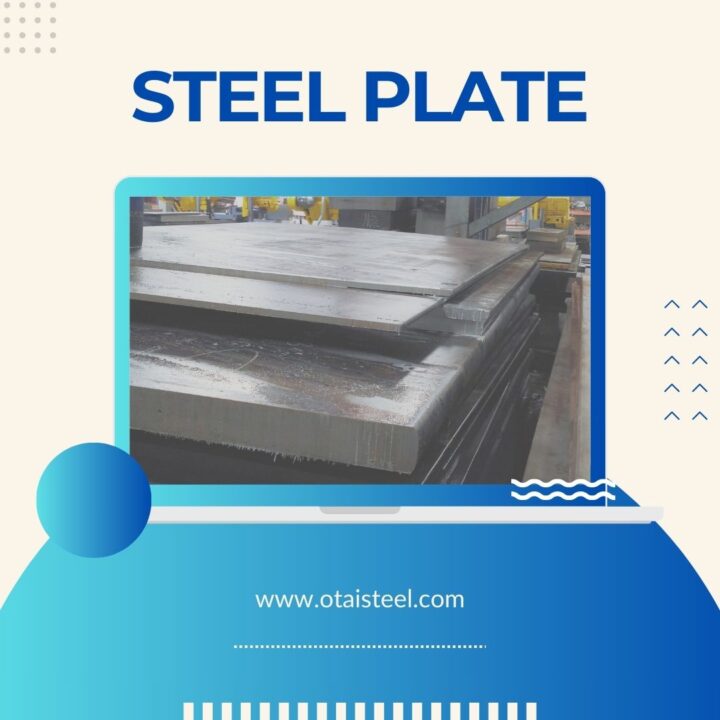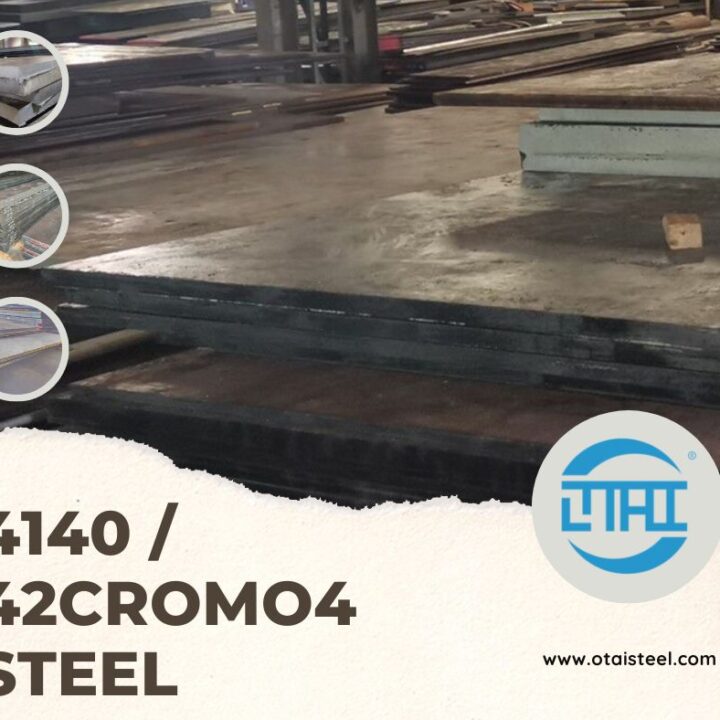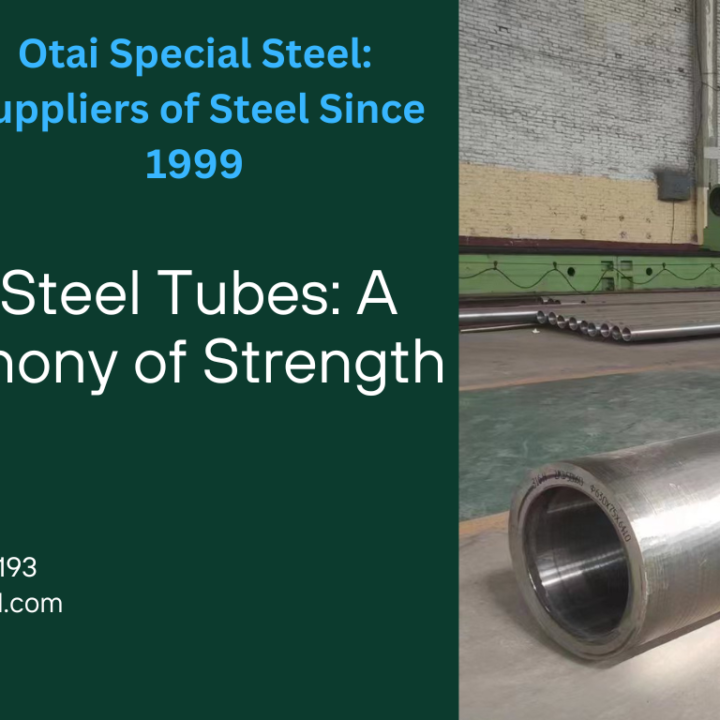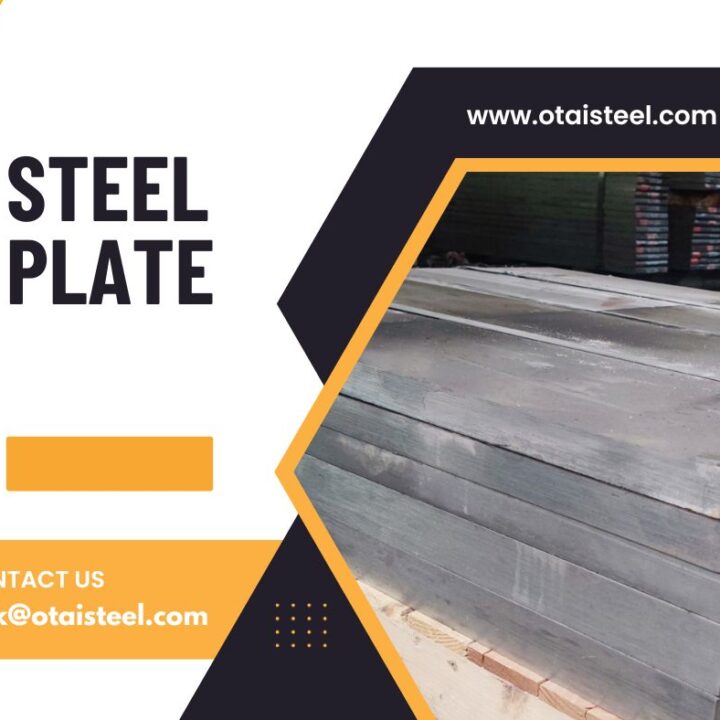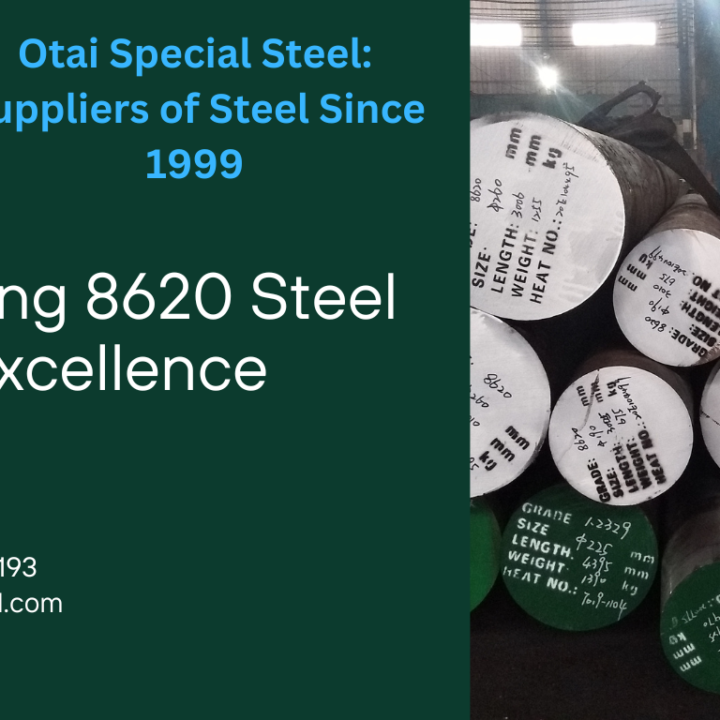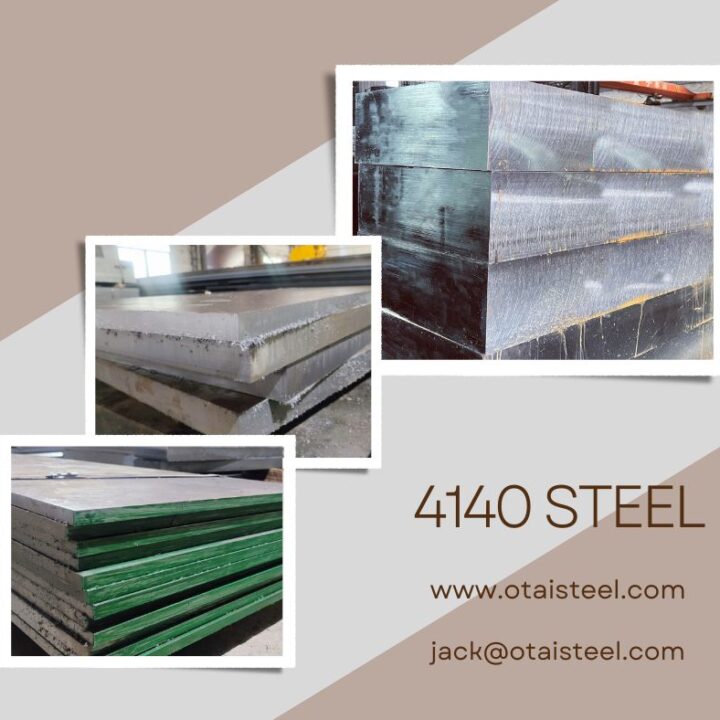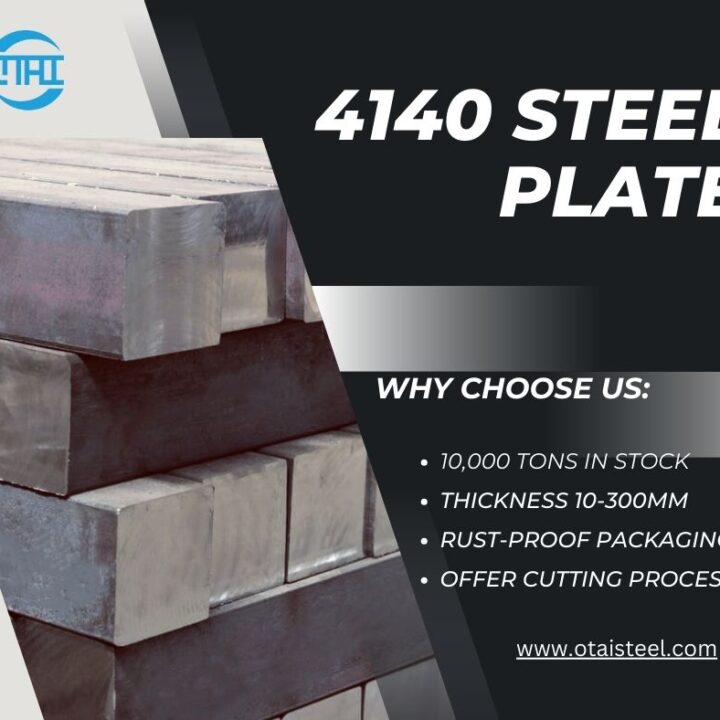When it comes to steel, there is a wide variety of grades and compositions designed to meet specific industrial needs. One such steel grade is 1.2085, which possesses unique properties that make it suitable for various applications. (1.2085 steel chemical composition)
Understanding the Chemical Composition
1.2085 steel, also known as 420M steel, belongs to the martensitic stainless steel family. It is renowned for its excellent corrosion resistance, high hardness, and good wear resistance. To fully comprehend the characteristics of this steel, let’s take a closer look at its chemical composition:
- Carbon (C): Carbon is a fundamental element in steel, and its presence plays a crucial role in determining the steel’s hardness. In 1.2085 steel, the carbon content typically ranges from 0.40% to 0.50%. This moderate carbon content contributes to the steel’s martensitic structure, making it suitable for various heat treatment processes.
- Chromium (Cr): Chromium is a key alloying element that enhances the corrosion resistance of stainless steels. In 1.2085 steel, the chromium content is approximately 13.00% to 14.50%. This significant chromium content forms a protective oxide layer on the surface of the steel, preventing rust and corrosion.
- Manganese (Mn): Manganese is often added to steel as a deoxidizer and to improve its machinability. In 1.2085 steel, the manganese content is typically around 1.00%. This helps in the formation of fine-grained structures during heat treatment.
- Silicon (Si): Silicon is another element added to steel for deoxidation and improved strength. The silicon content in 1.2085 steel ranges from 0.30% to 0.70%. It aids in enhancing the steel’s resistance to wear and deformation.
- Phosphorus (P) and Sulfur (S): These elements are usually kept at low levels in steel because their presence can negatively impact its mechanical properties. In 1.2085 steel, the phosphorus content is generally less than 0.030%, and the sulfur content is less than 0.015%.
- Other Alloying Elements: Depending on the specific manufacturer’s recipe, trace elements such as nickel (Ni) and vanadium (V) may also be present in small quantities to further enhance certain properties of 1.2085 steel.
Key Properties of 1.2085 Steel
Now that we have a grasp of its chemical composition, let’s explore the key properties that make 1.2085 steel stand out in the world of metallurgy:
- High Hardness: Thanks to its moderate carbon content and martensitic structure, 1.2085 steel boasts impressive hardness. It can be hardened to achieve a Rockwell hardness of up to HRC 56-58, making it ideal for applications requiring sharp cutting edges and excellent wear resistance.
- Corrosion Resistance: The substantial chromium content in 1.2085 steel gives it excellent corrosion resistance, particularly in environments where it might be exposed to moisture and chemicals. This property makes it suitable for applications in the food processing and medical industries.
- Wear Resistance: Due to its hardness and fine-grained structure, 1.2085 steel exhibits exceptional wear resistance. This makes it a preferred choice for making molds, cutting tools, and components that endure abrasive wear.
- Good Machinability: The presence of manganese and silicon contributes to the steel’s improved machinability, making it easier to work with during fabrication processes.
- Heat Treatability: 1.2085 steel responds well to heat treatment, allowing manufacturers to tailor its mechanical properties to specific applications. Through processes like quenching and tempering, the steel can achieve the desired balance of hardness and toughness.
Applications of 1.2085 Steel
1.2085 steel finds its place in a wide range of applications across various industries due to its unique combination of properties. Here are some notable uses:
- Tool and Die Making: The high hardness and wear resistance of 1.2085 steel make it an excellent choice for manufacturing cutting tools, molds, and dies used in industries such as automotive, aerospace, and plastics.
- Medical Instruments: The corrosion-resistant nature of this steel makes it ideal for producing surgical instruments and medical devices that require sterilization and repeated use.
- Food Processing: The hygienic and corrosion-resistant properties of 1.2085 steel are well-suited for food processing equipment, including knives, cutting blades, and conveyor systems.
- Bearings and Shafts: In applications requiring components with excellent wear resistance, such as bearings and shafts, 1.2085 steel can provide reliable performance.
- Petrochemical Industry: Some specialized equipment used in the petrochemical industry, where resistance to harsh chemicals is essential, can benefit from the corrosion-resistant properties of this steel.
- Textile Industry: 1.2085 steel is used in the textile industry to create components like spinning machine parts that require both wear resistance and corrosion protection.
- Aerospace: Certain aerospace components, such as cutting tools and fixtures, utilize 1.2085 steel for its ability to withstand extreme conditions and maintain precision.
